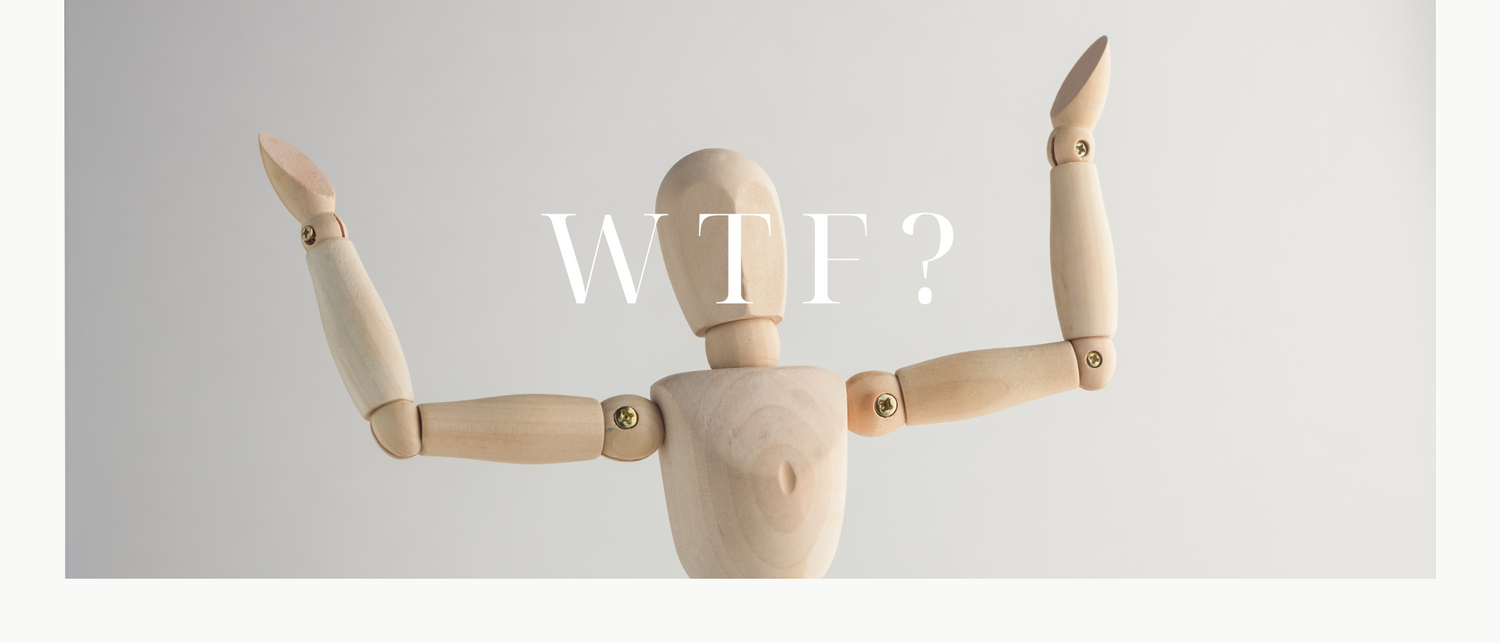Welcome to this edition of ‘What the #%&!’ or WTF (aka our favourite question).
This week we ask WTF is Sustainability?
A term seldom used prior to the 1980s but now so commonplace in modern marketing that even fast fashion giant Sh$$n (you know the one) has a page on its website dedicated to it. Don’t bother reading it.
So, in the face of such wide scale corporate greenwashing what does this word actually mean? In many cases, nothing but buzzwords and corporate fluff. But once upon a time it was supposed to mean something and it still does to us.
Before the word gets cancelled altogether we’d like to share what it means to us as a business and how we believe we can use it to #makeitbetter.
According to The UN Brundtland Commission “Sustainable development is development that meets the needs of the present without compromising the ability of future generations to meet their own needs”.
The 3 pillars of sustainability often discussed in business are: Environment, Economy and Social. Sustainable development occurs where these three elements intersect.

This diagram demonstrates how focus on one area can jeopardise overall sustainability achievements. We have seen this play out all too clearly in the case of major global fashion brands (hello economic pillar, get back in line social pillar!) and we also often see focus on parts of the environment without addressing the economic or social pillars (oops... greenwashing).
Basically, it’s complicated. But it’s also not.
Our goal is to try and find a middle path. To balance these three pillars by sourcing products that we know people want to buy (because they’re good y’all), that are produced by people being fairly treated and compensated AND produced in a way that benefits the environment and local communities (or at the very least doesn't harm them). That last part may seem like a low goal but when it comes to textile production it is sadly justified and we don’t believe in sugar coating.
Transparency and traceability are key. If you don’t know where your products come from, how they are being made and by who then it’s hard to fully engage in sustainable development. This is also where it starts to get a bit tricky in the textile industry as supply chain transparency is definitely not the norm.
Despite how commonplace the term is it’s still shockingly early days for true sustainable development in the textile industry. We believe that with dogged persistence we can get there and that many small changes will lead to big change. How we measure and communicate all this? Well working that out is all part of the fun 😅
If this sounds pretty interesting to you (of course it does you’re one of the posse!!) then stick around, watch us evolve and get involved! We always love hearing from others so feel free to send any questions, comments or requests our way!
Ainsley + Kathryn
xx
Further Reading
This list is not exhaustive but here is a small handful of quality reads on different angles of sustainability.
- https://www.sustain.ucla.edu/what-is-sustainability/ - This is a short, engaging video which very simply and clearly explains sustainable development.
- https://www.investopedia.com/terms/s/sustainability.asp - Interesting read about sustainability from a business perspective, breaking down the 3 pillars and what they mean for business.
- https://goodonyou.eco/greenwashing-examples/ - Good overview of greenwashing including red flags. Demonstrates how 'sustainability' initiatives do not equal sustainable development.
- https://www.fashionrevolution.org/about/transparency/ - One of the key focuses for Fashion Revolution is around transparency. Without transparency, they argue, there can be no true sustainability.

